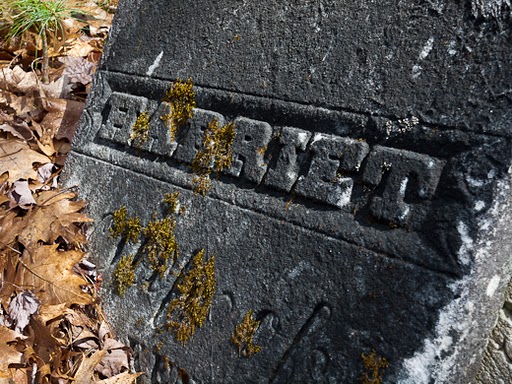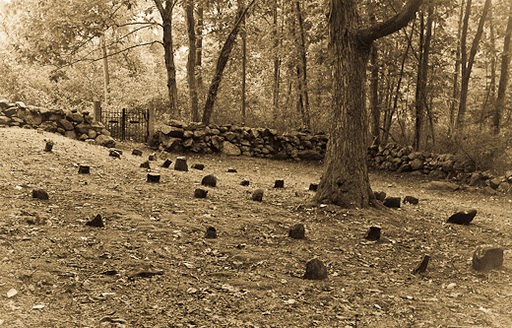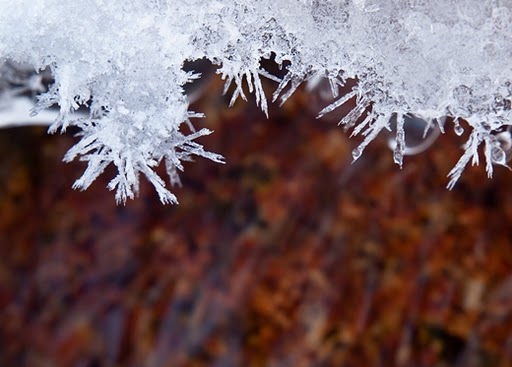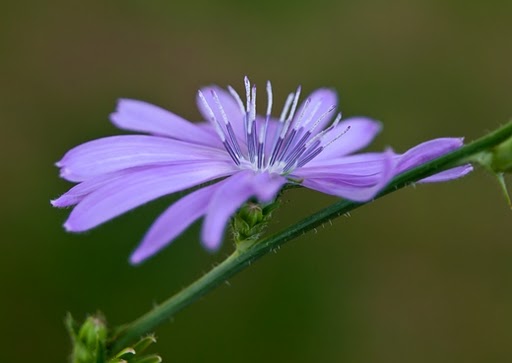Aside from the razor-sharp subject, one of the most important elements of any close-up or macro picture is bokeh. It is a funny concept that has many interpretations and is definitely one of the more subjective elements of photography. I’m not going to debate those, but I want to talk a little bit about how the deliberate use of bokeh can help strengthen your images. Before I get going though, definitely listen to this mini-podcast from Martin Bailey on how to pronounce bokeh and its etymological history and cultural meaning.
In its simplest photographic definition bokeh refers to the out of focus areas of a picture. Mostly the meaning is applied to photographs where there is a specific subject in the immediate foreground. Not always a close up or macro, but not really a landscape either where some of the photo might not be in crisp focus. Bokeh is a product of shallow depth of field which is achieved by a wide aperture relative to the length of the lens.
One of the most dramatic uses of bokeh is to separate your subject from the background. Especially if the background is very busy. Rendering it smoothly out of focus makes things really pop –

Joyeuse by Kristen Smith
One of my favorite bokeh techniques is to echo the main subject exactly. Your imagination can easily fill in the missing detail because it resembles the sharp subject so much. The echo reinforces the main idea, but also gives your brain something to play with. The trick is to utilize an aperture that will simultaneously allow you to recognize the out of focus object and leave it fuzzy. I love this technique –
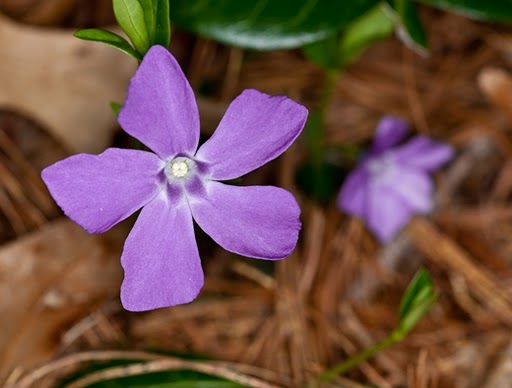
Vinca by Kristen Smith
I also love how bokeh can create atmosphere in a photo – mostly a gauzy, dreamy effect. It doesn’t work in all circumstances, but if you are working in the right light it is beautiful. With this kind of image, the subject most often is the bokeh itself with the sharply focused parts playing supporting roles only.
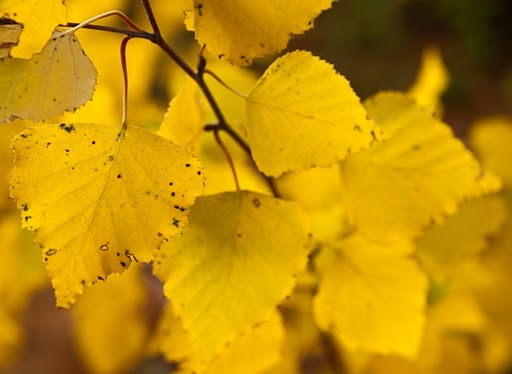
Birch by Kristen Smith
The digital age is a real help when experimenting with bokeh because you can see your shot immediately and use live view and depth of field preview to fine-tune each one. Get to know your lens by shooting objects at different apertures and focal lengths then studying the effect. Think about what kind of photo you want to make and how bokeh can emphasize your photo’s intent.
Got any good bokeh shots? Feel free to add them in comments or join the Photography.ca forum and start a thread.
For more of Kristen’s outdoor photography and other articles visit wickeddarkphotography.com


